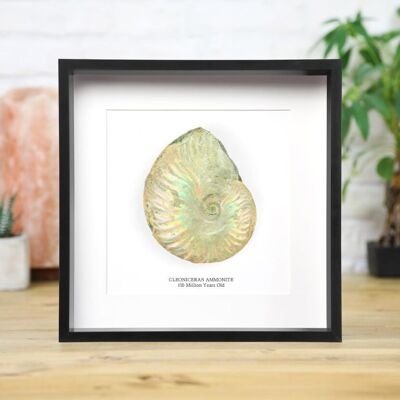


A collection of brush-footed butterflies (Family: Nymphalidae) within the genus Danaus, known collectively as the Monarchs, or Queen Butterflies. This collection has been hand set by our expert entomologists in our studio and mounted in a museum quality deep box frame, embellished with an authentic, hand-pressed wax seal stamp, depicting the royal cypher of Her Majesty Queen Elizabeth II. This piece has been designed and handcrafted to reflect the natural behaviour of the insects in life, and was inspired by the incredible migratory flight of the Monarch butterfly (Danaus plexippus). Each year these butterflies travel nearly 3000 miles from the northern US and southern Canada to their overwintering destination in the mountain forests of central Mexico. Unfortunately, this beautiful butterfly is now considered endangered due to habitat loss and the effects of climate change disrupting weather patterns along its migratory route . Our suppliers are committed to releasing 10% of captive bred native insects, including the Monarch butterfly, back into their environment to help supplement and preserve wild populations. The frame is made from premium quality, satin finished acrylic, with a museum grade 99% UV blocking conservation glass aperture. Each specimen is mounted on a 300 GSM acid free card stock which includes both the scientific and common name of the insect printed below. The frame can either be self standing or mounted using the invisible wall hanging bracket. Dimensions: 53 x 79 x 4cm Also included with your order Every frame comes with a loyalty sticker. Collect 6 to fill your loyalty card & receive a free bell jar or frame with your shipment. All of our specimens are ethically sourced from conservation projects around the world and help to support local communities and protect natural habitats, to learn more go to Our Ethos page. The picture shown is an example of the quality that you can expect to receive. Please be aware that, as our products are 100% authentic and natural, they are subject to some variation. While no two insects are exactly alike, each of the specimens in our collection fall within the morphological perimeters for their species.


















